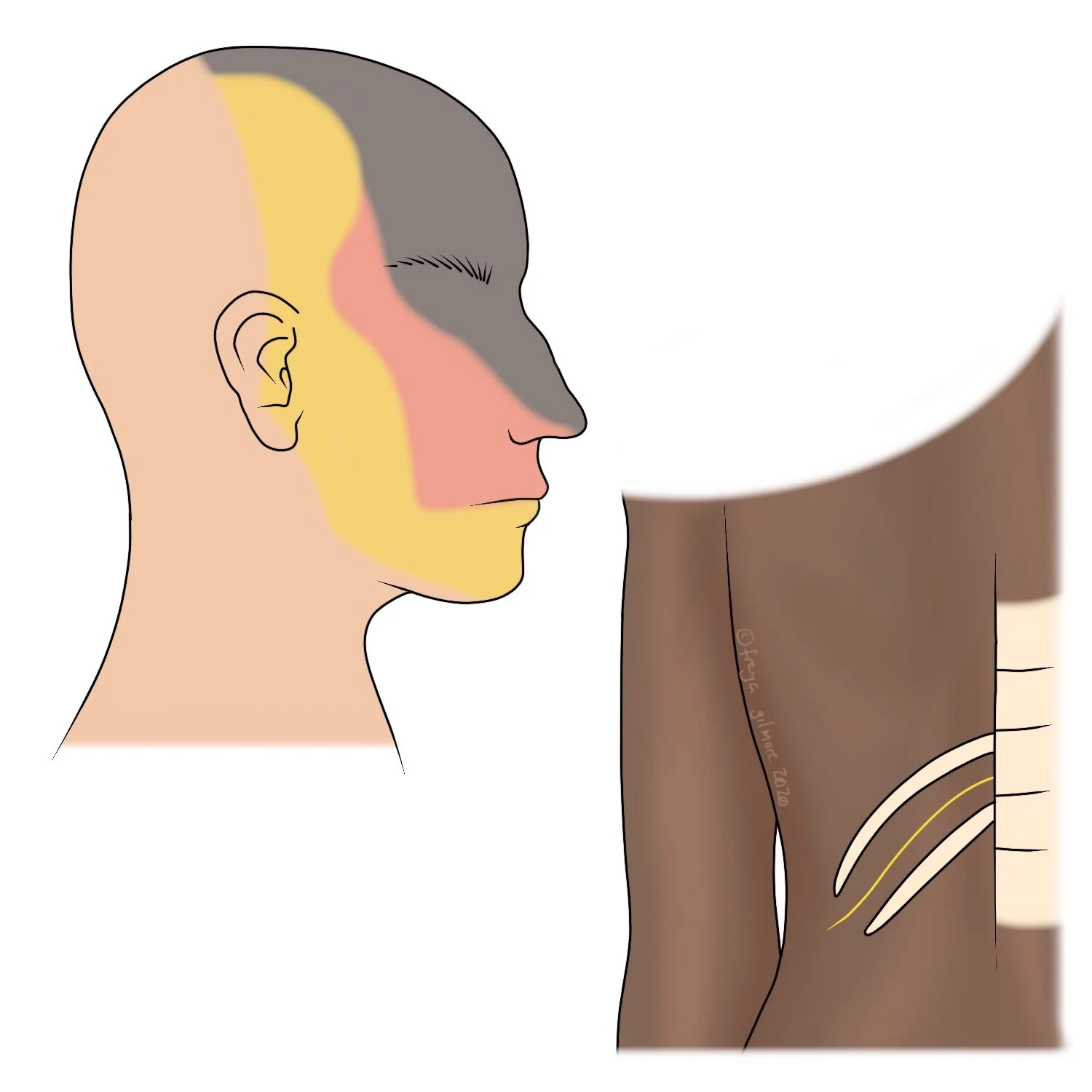The TMJ stands for the Temporo Mandibular Joint. This is just the technical name for the jaw. The joint itself is just in front of the ear, so clicking can feel very loud to the person affected.
Read MoreOsteoporosis is a condition in which bones become less dense and more fragile. We cannot cure osteoporosis, but we need to know if you have it as it might alter the treatments that are appropriate and safe for you.
Read MoreRheumatoid Arthritis (RA) is an inflammatory form of arthritis that mainly affects small joints, such as those in the hands, feet, and neck. Sometimes RA is mistaken for Osteoarthritis. RA can begin as early as your 20s.
Read MoreMigraines are complex, and still not fully understood. Current thinking is that they may be caused by a combination of neurological and vascular changes. There are medications available to help manage the symptoms of migraines, but research shows that manual therapy can be more effective.
Read MoreSometimes you might find a “knot” in a muscle, which feels better when you massage it. Other times, pressing into the knot causes a strange pain somewhere else. This might be a trigger point.
Read MoreSome sports injuries need a little bit of help to recover, and others can be prevented before they even start.
Read MoreSometimes we all experience vague aches and pains, and often we can just wait them out. But other times they can be more persistent, and instead of getting better, they get worse.
Read MoreNeck pain can really impact daily life. Twinges on small movements are more than just annoying, and stiffness can impact driving safety. Luckily, your osteopath can help.
Read MoreHeadaches can be notoriously difficult to pin down, but cervicogenic headaches have a few strong hallmarks.
Read MoreManagement strategies for Long Covid are still emerging, but they appear to be multi-disciplinary (NICE guidelines Nov. 2021). Returning to activity after Covid can be a slow process. The combination of fatigue and breathlessness can be very limiting. Despite frustration, it’s important to take it slow.
Read MoreWhen pain remains after 3-6 months, we consider it to be chronic. Your osteopath’s job is to help you unpick the factors that led to it.
Read MoreStress is almost synonymous with muscle tension, often around the shoulders and neck. We can’t solve your stress, but we can certainly look at your secondary symptoms.
Read MoreOsteoarthritis is commonly simply known as “arthritis”. We might think of it as “wear and tear”, but it’s also capable of “repair”. Despite popular belief, it’s not something you just have to tolerate.
Read More













